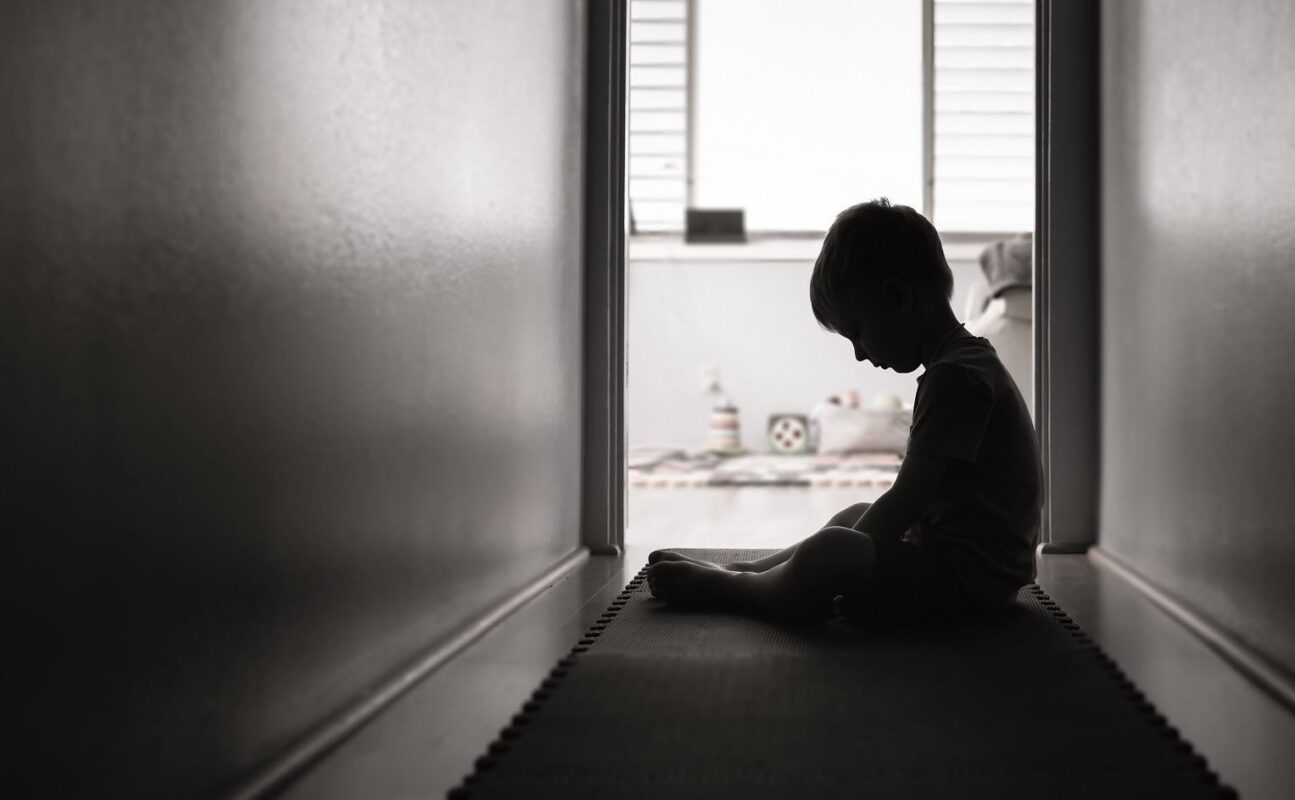Uncategorized
Recognizing and treating childhood anxiety

Anxiety is a normal part of childhood, and many children experience anxiety-related issues as they grow up. However, when anxiety becomes excessive and interferes with a child’s daily life, it may be a sign of an anxiety disorder. Anxiety disorders in children are common and can affect their academic performance, social relationships, and overall well-being. In this article, we will discuss how to recognize and treat childhood anxiety.
Recognizing childhood anxiety,
Children with anxiety disorders may display a range of symptoms, including:
- Excessive worry or fear about everyday situations
- Avoidance of social situations or activities they previously enjoyed
- Difficulty sleeping or frequent nightmares
- Physical symptoms such as stomachaches or headaches
- Constant need for reassurance from parents or caregivers
- Difficulty concentrating or completing tasks
- Irritability or restlessness
It is essential to recognize these symptoms and seek professional help if you suspect your child may be struggling with anxiety.
Treating childhood anxiety,
The good news is that anxiety disorders are treatable, and there are several effective treatments available. Here are some of the most common treatments for childhood anxiety:
- Cognitive-behavioral therapy (CBT): CBT is a type of therapy that helps children identify negative thought patterns and replace them with more positive, realistic thoughts. CBT may also include exposure therapy, where children gradually face their fears in a safe and controlled environment.
- Medication: In some cases, medication may be recommended to treat childhood anxiety. Commonly prescribed medications for anxiety include selective serotonin reuptake inhibitors (SSRIs) and benzodiazepines. It is important to note that medication should always be used in conjunction with therapy and under the guidance of a healthcare professional.
- Relaxation techniques: Relaxation techniques such as deep breathing, mindfulness, and progressive muscle relaxation can help children manage their anxiety symptoms. These techniques can be taught in therapy sessions or practiced at home.
- Parental involvement: Parents can play a critical role in helping their children manage anxiety. By providing a supportive and understanding environment, parents can help their children learn coping skills and manage their anxiety symptoms. Additionally, parents can work with healthcare professionals to create a treatment plan that meets their child’s needs.
Childhood anxiety is a common condition that can be treated with therapy, medication, relaxation techniques, and parental involvement. It is important to recognize the symptoms of childhood anxiety and seek professional help if necessary. With the right treatment, children can learn to manage their anxiety symptoms and lead happy, healthy lives.


